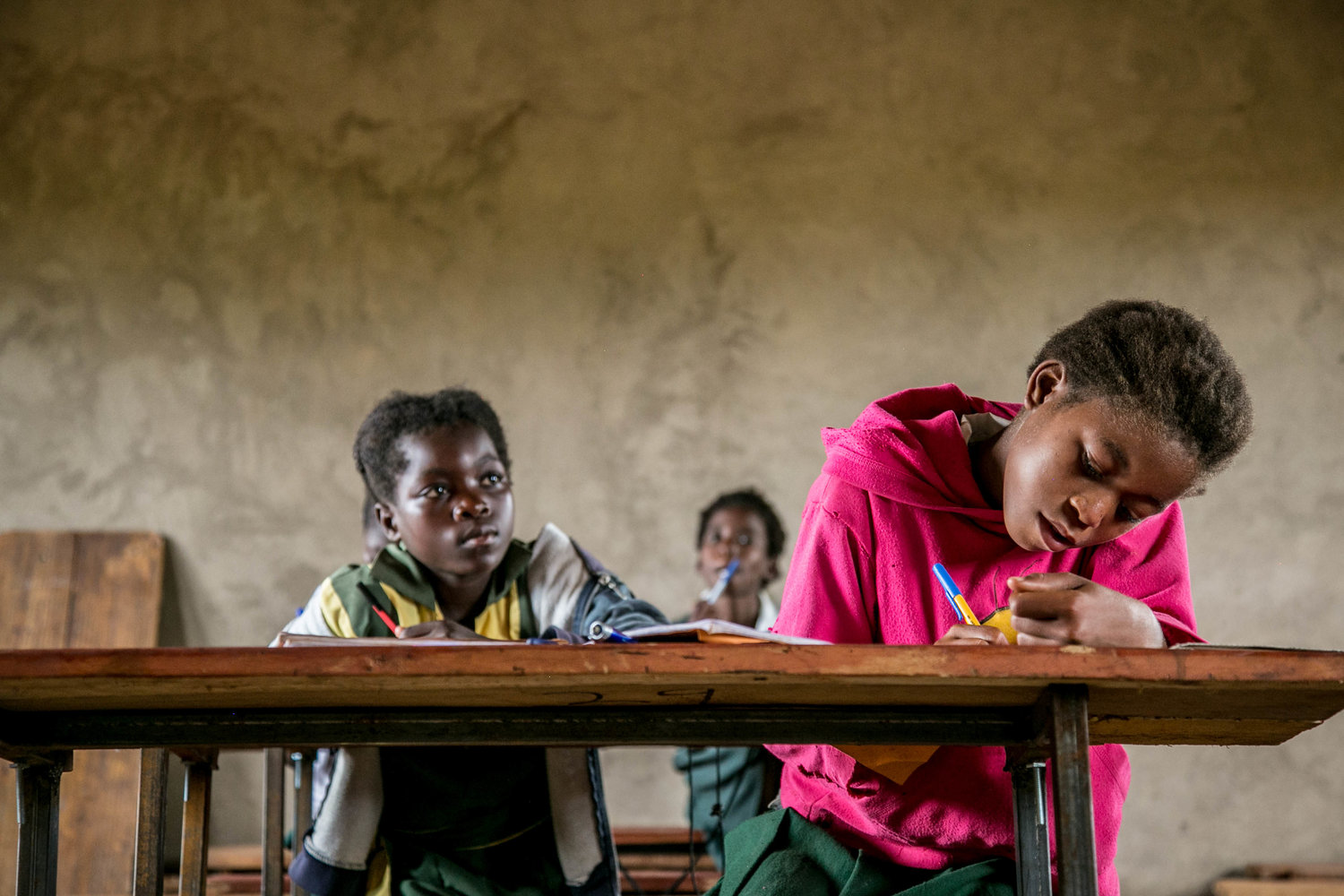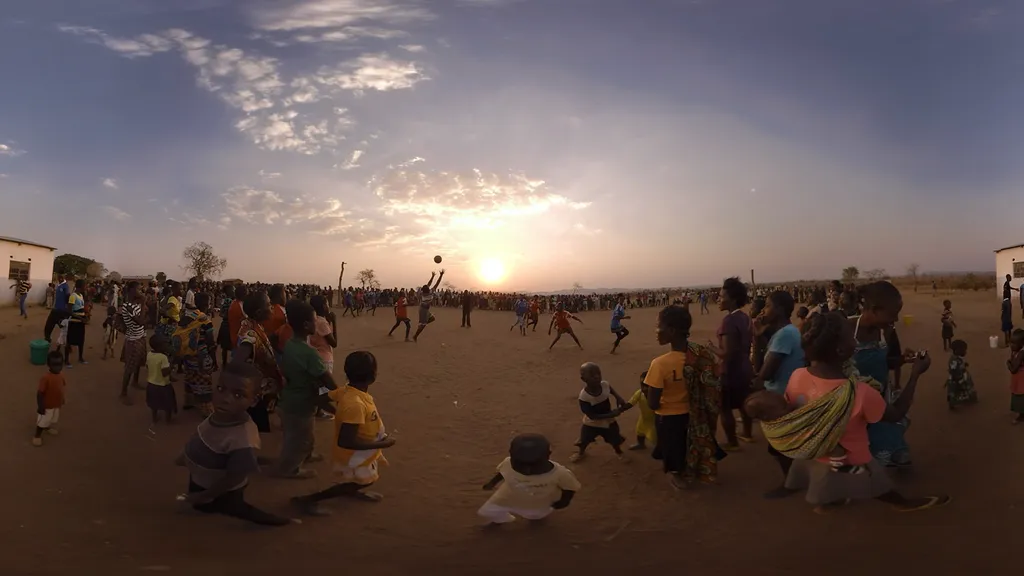VR and 360-degree media creation are becoming more and more accessible as inexpensive software and cameras are made available, but they’re still pricey endeavors. Take into account that you’re not just shooting footage in one direction and you’ll understand that the immersive content can be a stout investment of time as well as money. That hasn’t stopped cash-strapped creators from utilizing this new way to tell stories, and one organization, Impact Network, did quite a bit with a little for their immersive experience. I Am Because of You was put together in Africa with only $10,000 and we chatted with Ben Bernstein, the director of the film, along with Impact’s VP of internal relations Emily Anderson about how they managed.
I Am Because of You takes place in the eastern province of Zambia in Southern Africa, following 10-year-old Janet as she takes us on a tour. With dreams of being a teacher, Janet gives us a glimpse into the musical and visual aspects of Zambia through her home, school, and dance practice. The feature was shot in eight days, but the team had to operate with precious daylight in mind. “We shot the experience at rural schools in off-the-grid communities,” says Anderson. “We relied on one solar panel to charge all our equipment and power laptops for editing during production.”
Impact Network has built schools across under-served communities in Zambia, bringing activity-based eLearning to citizens that lack educational resources. On these schools, the organization has installed solar panels to power their daily curriculum and one of those is what the film crew used.
Does VR alienate teams with small budgets?
Anderson suggests other charities with similar VR film projects created their content with roughly $100,000 to work with, but the crew for I Am Because of You had $10k and played it smart to squeeze as much as they could out of it.
“We used the best mid-range gear we could find and I think we just did our homework and got a lot of mileage out of it,” says Bernstein. “We also shot a ton, embracing the documentary style, and picking out golden moments in post [production].” The gear used includes a go-pro three-camera rig and they were able to get the full 360-degree shots by having the go-pros equipped with 220-degree fisheye lenses.
The team for I Am Because of You obviously completed their project despite the budget, but are they the exception to the rule? Does VR, at its current stage, alienate smaller groups with its cost of entry?
“To some extent, producing any kind of communications asset costs money and excludes some groups depending on budgets,” Anderson explains. “But in general, and compared to various options that an organization can choose from to promote itself, no, I don’t think that VR in its current form alienates groups without large budgets.”
With a team of “resourceful people committed to making a beautiful film and promoting an important cause” as described by Anderson, the budget was not an obstacle at all.

Philanthropic VR
Telling a moving story is crucial to the work of organizations like Impact Network. Philanthropic topics may not be as interesting outside of the people already fully invested in different efforts, but engaging media can open the eyes of others. VR is certainly a great tool for storytelling, something both Anderson and Bernstein recognize.
“I believe VR provides specific benefits to charity and hope that one of the outcomes of our production experience is that other smaller non-profits go for VR,” Anderson said. There’s a 36-hour travel gap between New York to Eastern Zambia and she feels VR can be an engaging bridge that shares what it’s like to work in rural communities.
As heavy as some of the topics can be for these types of experiences, Bernstein thinks that virtual storytelling benefits the team most by letting the viewer gently explore.
“Guided immersion as opposed to driving one point home,” he says. “I think this really works for social causes because it lets people discover a little more for themselves why something is important, rather than just be told.”
Either way you look at it, there’s a home for philanthropic movements on virtual platforms and may open up conversations in ways not seen before.
“Because VR can evoke empathy pretty strongly, the technology can drive change because it actually creates a feeling of ‘ubuntu’ between viewers and characters,” Anderson expresses. In the 1950s, the term “Ubuntu” was popularized as a worldview that essentially boiled down to humanity toward others or the belief that there’s a universal bond that connects us all. A South African term, it embodies the spirit of this VR experience and even inspired the title. No matter how many miles between us, VR offers an opportunity to bridge gaps in a meaningful way.


























